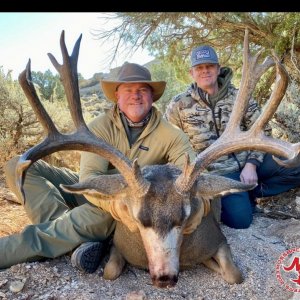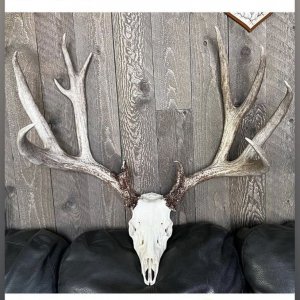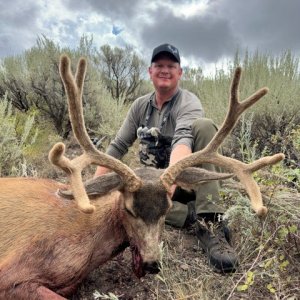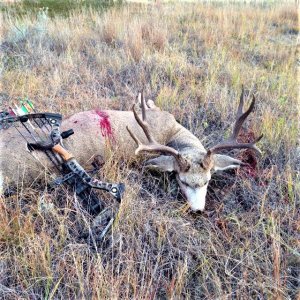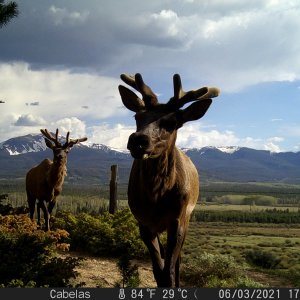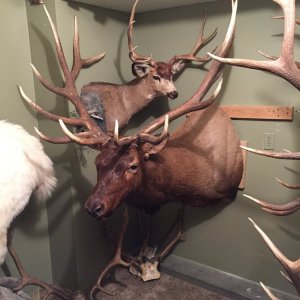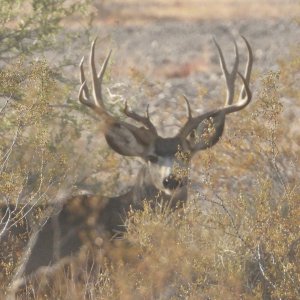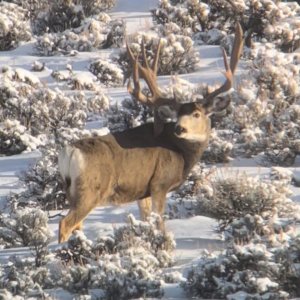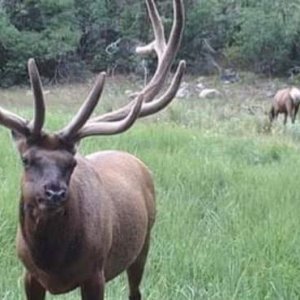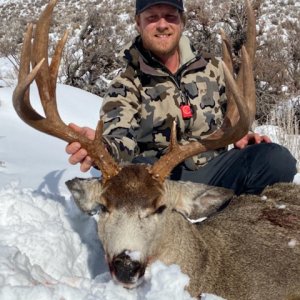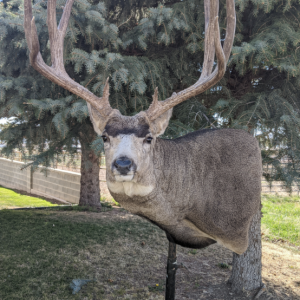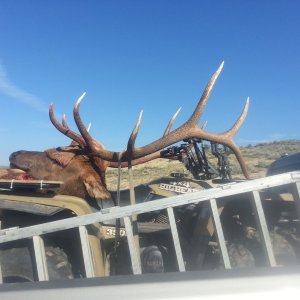fishon
Very Active Member
- Messages
- 1,052
Since all of you love Colorado I thought you would like this study and findings. It proves the only point I am trying to make. Reducing buck harvest has a NEGATIVE impact on fawn production.
So yes, You will have more bigger bucks but it comes and the price of the health of the deer herd. So how long until it crashes because less fawns are going into the system?
Last time I checked big bucks have NEVER had a fawn.....
Enjoy these FACTS from Colorado.
Effect of limited antlered harvest on
mule deer sex and age ratios
Chad J. Bishop, Gary C. White, David J. Freddy, and Bruce E. Watkins
Abstract In response to apparent declining mule deer (Odocoileus hemionus) numbers in
Colorado during the 1990s, buck harvest limitations were identified as a possible mechanism
to increase fawn:doe ratios and hence population productivity. Beginning in 1991,
the Colorado Division of Wildlife (CDOW) reduced buck harvest in 4 deer management
units to provide quality hunting opportunities. We examined effects of limited harvest on
December ratios of bucks:100 does and fawns:100 does using data from limited and
unlimited harvest units. Annual buck harvest was reduced by 359 bucks (SE = 133) in
limited harvest units as a result of limiting licenses. Fawn:doe ratios declined by 7.51
fawns:100 does (SE = 2.50), total buck:doe ratios increased by 4.52 bucks:100 does (SE
= 1.40), and adult buck:doe ratios increased by 3.37 bucks:100 does (SE = 1.04) in
response to limited harvest. Based on our analysis, factors other than buck harvest were
regulating population productivity, and limiting buck harvest to enhance fawn recruitment
is not justified in Colorado. Limited buck harvest should be considered an issue of
quality hunting opportunity rather than deer productivity.
Tony Abbott
www.myfreehunts.com
So yes, You will have more bigger bucks but it comes and the price of the health of the deer herd. So how long until it crashes because less fawns are going into the system?
Last time I checked big bucks have NEVER had a fawn.....
Enjoy these FACTS from Colorado.
Effect of limited antlered harvest on
mule deer sex and age ratios
Chad J. Bishop, Gary C. White, David J. Freddy, and Bruce E. Watkins
Abstract In response to apparent declining mule deer (Odocoileus hemionus) numbers in
Colorado during the 1990s, buck harvest limitations were identified as a possible mechanism
to increase fawn:doe ratios and hence population productivity. Beginning in 1991,
the Colorado Division of Wildlife (CDOW) reduced buck harvest in 4 deer management
units to provide quality hunting opportunities. We examined effects of limited harvest on
December ratios of bucks:100 does and fawns:100 does using data from limited and
unlimited harvest units. Annual buck harvest was reduced by 359 bucks (SE = 133) in
limited harvest units as a result of limiting licenses. Fawn:doe ratios declined by 7.51
fawns:100 does (SE = 2.50), total buck:doe ratios increased by 4.52 bucks:100 does (SE
= 1.40), and adult buck:doe ratios increased by 3.37 bucks:100 does (SE = 1.04) in
response to limited harvest. Based on our analysis, factors other than buck harvest were
regulating population productivity, and limiting buck harvest to enhance fawn recruitment
is not justified in Colorado. Limited buck harvest should be considered an issue of
quality hunting opportunity rather than deer productivity.
Tony Abbott
www.myfreehunts.com

